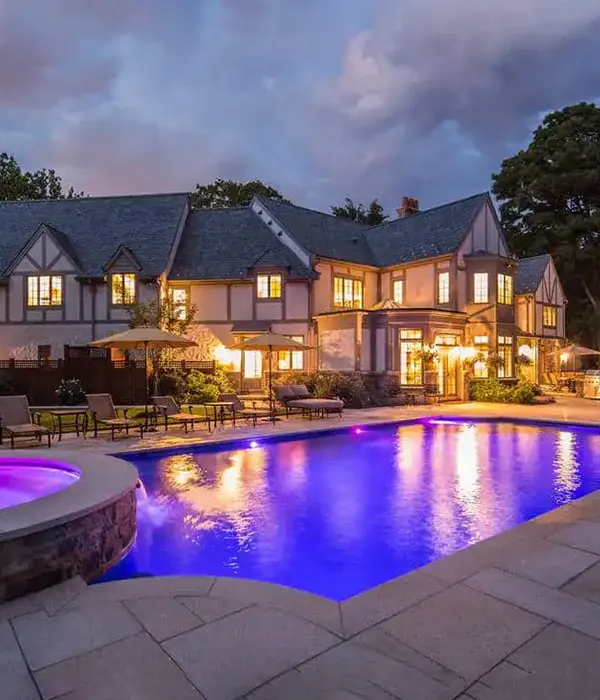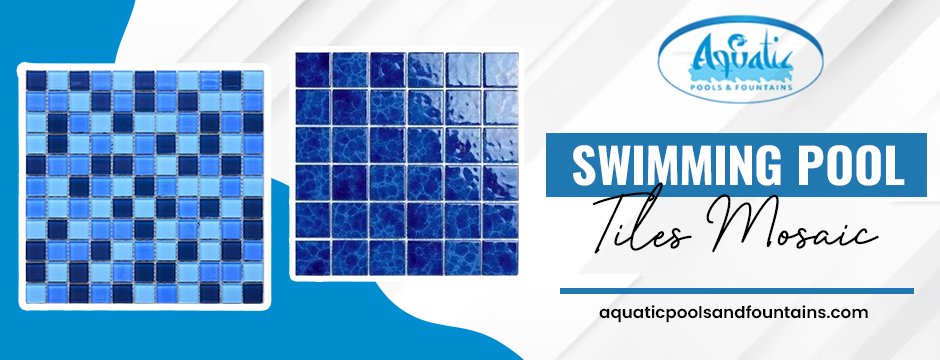While it has been very true that swimming pools have been aligned with recreation and luxury purposes, yet they also offer vast therapeutic benefits which go far beyond mere relaxation-from fostering physical health to promoting mental well-being, swimming pools thus provide a holistic approach towards wellness. While more people are looking for natural and fulfilling ways of keeping fit, the therapeutic benefits of swimming and aquatic life continue to gain recognition.
Physical Health Benefits
1. Low-Impact Exercise
One of the most common therapeutic applications of a swimming pool is for low-impact exercise. The buoyancy of water reduces the tensions on both muscles and joints and therefore is a wonderful form of exercise for those afflicted with arthritis, joint pains, or patients recovering after any injury. The full buoyancy support which water offers is eliminating the possibility of injuring while making full-body movements, and it is suitable for everyone at any fitness level.
2. Flexibility and Muscle Strength
Aquatic exercise would therefore help in the development of a flexing and strengthening body. This is due to the fact that the resistance of water forces muscles to work harder. Therefore, the body tones the musculature of the arms, legs, and core through its resistance training. Swimming or aquatic exercises also require extended movements that increase flexibility over time. Therefore, there would be an enhanced coordination of the whole body and balance.
3. Healthier Heart Condition
Swimming is one of the exercises that exercises the cardiovascular system. Swimming will increase heart rate while it minimizes the impact on the body. This will facilitate better blood circulation and lower the level of blood pressure. Swimming regularly can lead to healthier hearts as it decreases risks from diseases associated with heart conditions, improves cholesterol levels, and increases the endurance of cardiovascular. These rhythmic breathings patterns demanded in swimming help regulate and strengthen the respiratory system.
Mental and Emotional Benefits
1. Stress Relief
The smooth sound and feel of water give a mind to a peaceful, serene as well as stress-free and anxiety-free state. A swim can bring endorphins-the body’s natural mood elevator- to help relieve the stress. The repetitive motion and the rhythmic breathing in swimming evoke a meditative state where the mind focuses and becomes relaxed. This makes the swimming pools a perfect setting for all those looking to unwind after long hours at work or trying to handle stress.
2. Enhanced Slumber
Swimming pools can be very crucial in ensuring that the quality of sleep is enhanced. Swimming or any form of water exercise involves physical exhaustion, which will definitely provide a good night’s sleep. Besides this, the effects of the water and the alleviation of stress conditions also enhance a good sleep cycle. People who take time to practice swimming as part of their daily or weekly routine fall asleep much faster and also have better, quality rest.
3. Improved Clarity of the Brain and Cognitive Skills
Exercise can sharpen the cognitive skills of an individual. Aerobic exercises such as swimming have been known to enhance one’s brain functions, which mean better focus as well as problem-solving skills and, of course, memory. This is also paired with the development of a clearer mind wherein one can think much better and more imaginatively. The rhythmicity of one’s breathing, mainly the technique, and therefore the concentration required for swimming in itself gives rise to an acute nature of the mind.
Swimming pools provide much more than a crude source of cool refreshment on a sultry summer’s day. Swimming pools are great enablers for wellness enhancement broadly, in the physical sense as well as in the psychological arena. Be it seeking an activity that poses minimal risks, chronic pain easing, mental acuity, or merely a tool to reduce stress, swimming pools offer an enjoyable and therapeutic solution.




